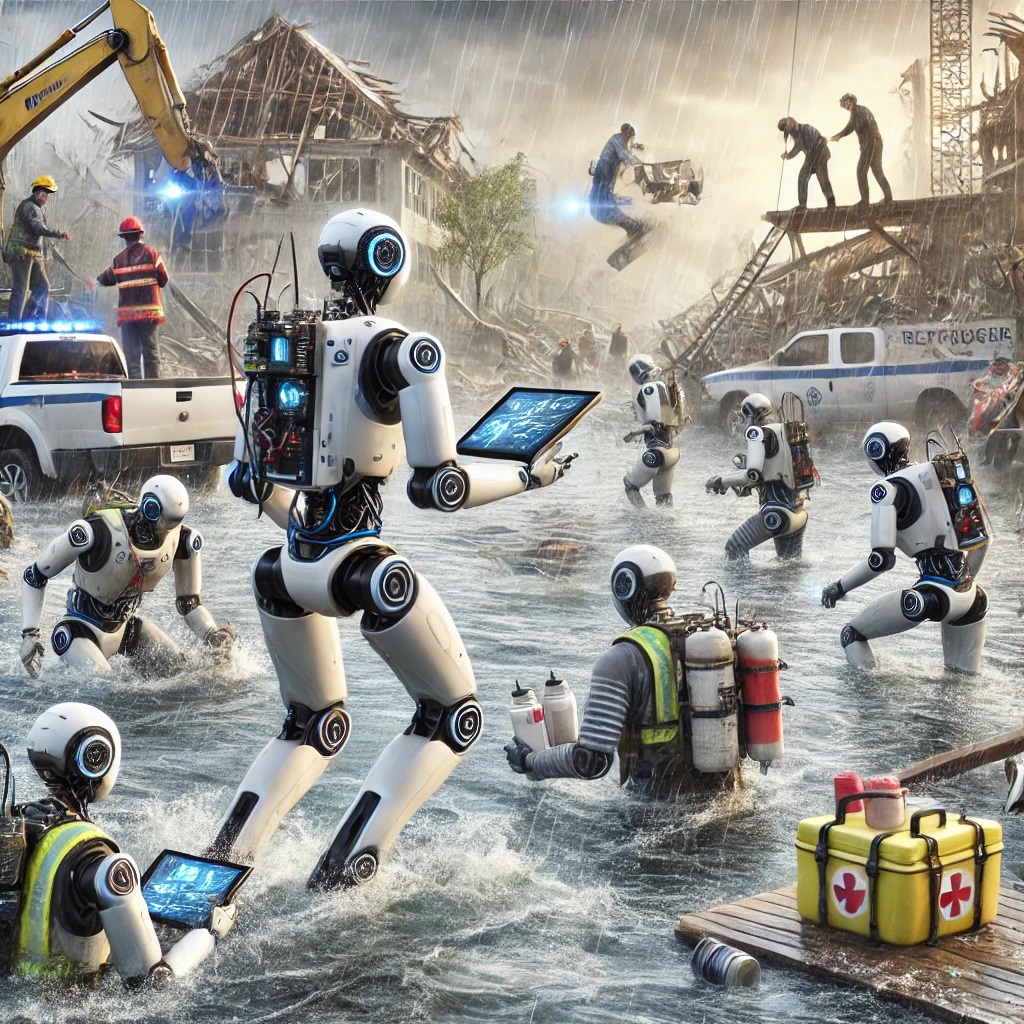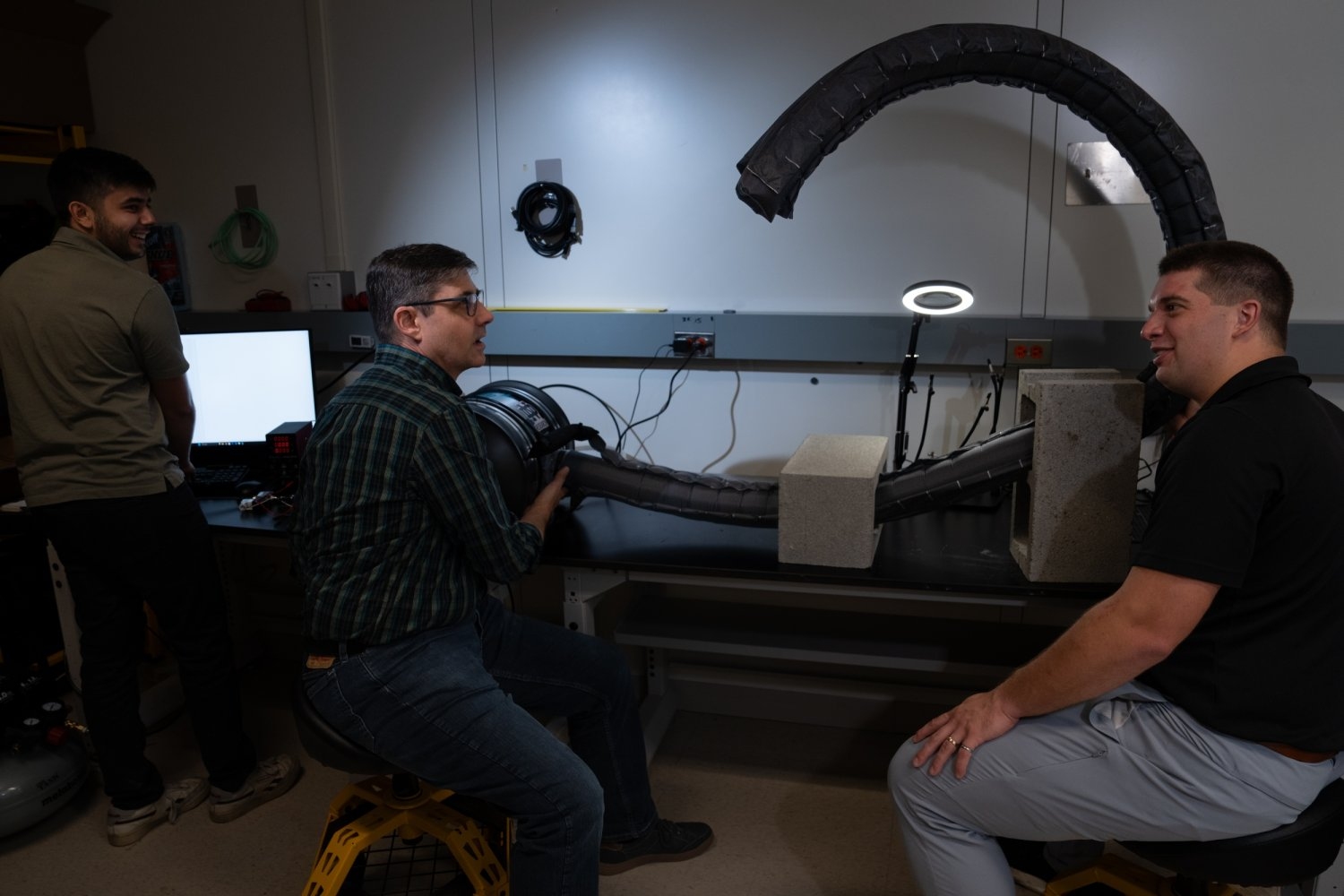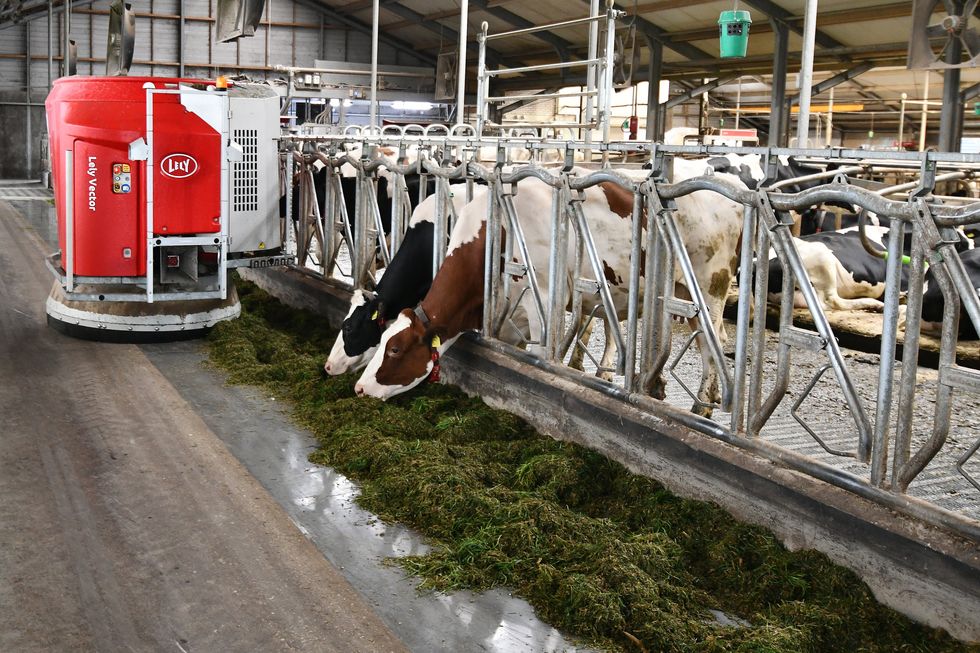 Hurricanes unleash immense destructive forces—strong winds, torrential rain, and widespread flooding—that challenge even the most experienced disaster response teams. Humanoid robots, with their human-like design and advanced capabilities, can significantly enhance rescue and recovery efforts, reducing risks to human responders while boosting efficiency. Here’s how these remarkable machines can revolutionize hurricane disaster management.
Hurricanes unleash immense destructive forces—strong winds, torrential rain, and widespread flooding—that challenge even the most experienced disaster response teams. Humanoid robots, with their human-like design and advanced capabilities, can significantly enhance rescue and recovery efforts, reducing risks to human responders while boosting efficiency. Here’s how these remarkable machines can revolutionize hurricane disaster management.
Search and Rescue Operations 🚨
Navigating Debris and Flooded Areas
After a hurricane, roads and neighborhoods often become unrecognizable, blocked by floodwaters, fallen trees, and debris. Humanoid robots can traverse these hazardous terrains, searching for survivors in collapsed buildings, submerged vehicles, or beneath rubble. Their ability to walk, climb, and squeeze through tight spaces makes them indispensable in such scenarios.
Survivor Detection
Equipped with thermal imaging cameras, microphones, and advanced sensors, humanoids can detect heat signatures or faint sounds from trapped victims. This tech allows robots to pinpoint survivors’ locations and relay critical information to rescue teams, ensuring quicker response times.
Rescue in Confined Spaces
When hurricanes cause buildings to collapse, people can become trapped in narrow or unstable areas. Humanoid robots excel in navigating these confined spaces, using their sensors to locate victims and their dexterity to reach those in need.
Delivering Supplies 🚑
Transporting Critical Supplies
In areas where traditional vehicles can’t reach, humanoid robots can step in to deliver life-saving essentials like food, water, medical supplies, and communication devices. Their adaptability enables them to overcome obstacles, ensuring supplies reach those who need them most.
Medical Assistance
Some humanoids are equipped with basic medical tools—defibrillators, first-aid kits, or even CPR capabilities. They can stabilize victims, stop bleeding, or provide emergency care until human medical teams arrive.
Assessing Damage and Risk 🏚️
Structural Integrity Evaluation
Hurricane-damaged buildings are often too risky for immediate human entry. Humanoid robots can safely assess structural integrity by inspecting cracks, monitoring foundation shifts, and identifying hazards. This data helps engineers prioritize repairs and guide rescue efforts.
Flood Risk Monitoring
Flooding remains one of the most devastating aspects of hurricanes. Humanoids equipped with sensors can monitor water levels, track flow patterns, and assess ongoing flood risks. Their data informs evacuation strategies and recovery plans, keeping communities safer.
🌟 Stay Tuned for Part 2! 🌟
In the next installment, we’ll dive deeper into real-world examples, the challenges of deploying humanoid robots, and the future of robotics in hurricane disaster management.
Humanoid robots are not just futuristic dreams—they’re here to save lives and reshape how we respond to natural disasters. 🤝🌍
How useful was this post?
Click on a star to rate it!
Average rating 4.9 / 5. Vote count: 16
No votes so far! Be the first to rate this post.
We are sorry that this post was not useful for you!
Let us improve this post!
Tell us how we can improve this post?




